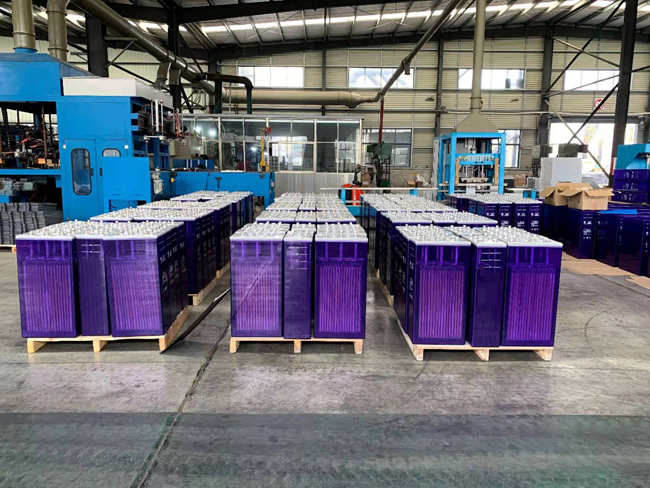Why does the capacity of OPzS batteries decrease over time?
OPzS batteries, commonly used in energy storage systems, are known for their durability, but they can still experience capacity loss. This loss happens gradually and is often due to several factors that affect the battery’s overall performance.
What is capacity loss?
Capacity loss refers to the decrease in a battery’s ability to hold and deliver charge. Essentially, the battery no longer provides as much energy as it did when it was new. Over time, this loss can make the battery less efficient and may require more frequent charging.
Main Causes of Capacity Loss
- Aging of the Electrolyte: In the OPzS battery, the electrolyte is a mixture of sulfuric acid and water. Over time, the electrolyte can degrade, reducing the battery’s ability to produce electricity efficiently.
- Plate Damage: The lead plates inside the battery play a key role in storing energy. Over time, these plates can become damaged, especially if the battery is overcharged or subjected to extreme temperatures, causing a reduction in their ability to store charge.
- Sulfation: Sulfation occurs when lead sulfate crystals build up on the battery plates. These crystals prevent the battery from charging and discharging properly, leading to reduced capacity.
How to Prevent Capacity Loss?
- Regular Maintenance: Checking the electrolyte levels and ensuring proper charging cycles can help maintain the battery’s capacity.
- Avoid Overcharging and Undercharging: Both overcharging and undercharging can accelerate capacity loss. Keeping the charge between recommended levels can prolong the battery’s life.
- Temperature Control: Keeping the battery in a temperature-controlled environment prevents excessive wear on the plates and electrolyte.


